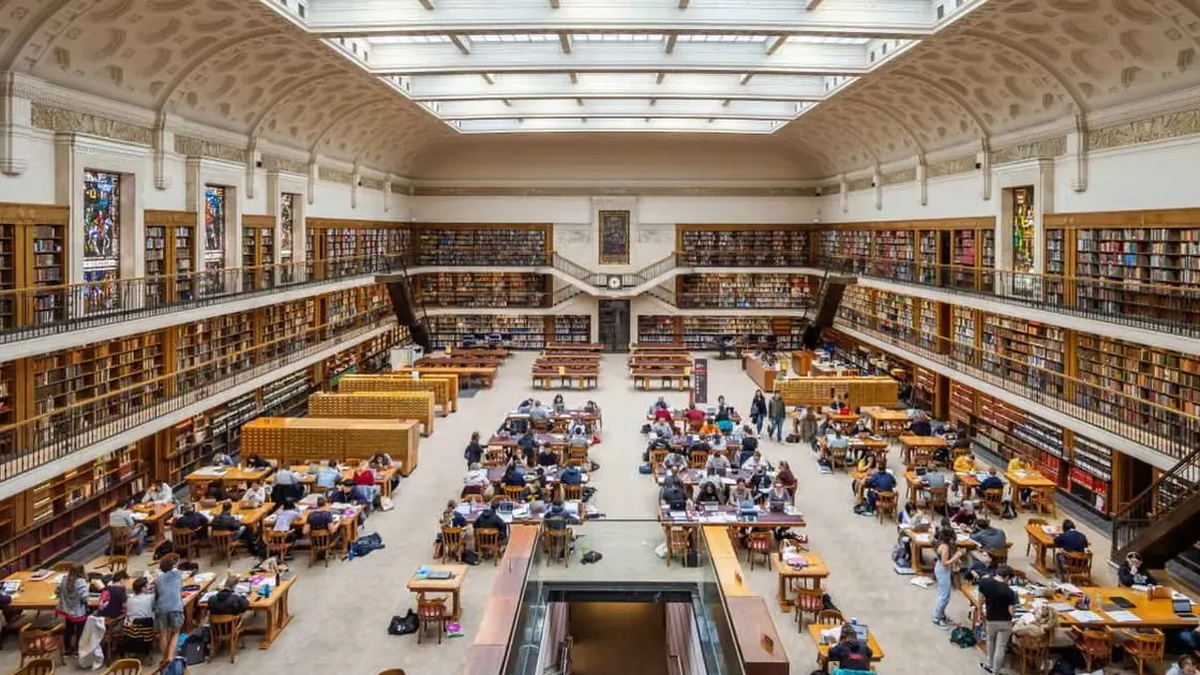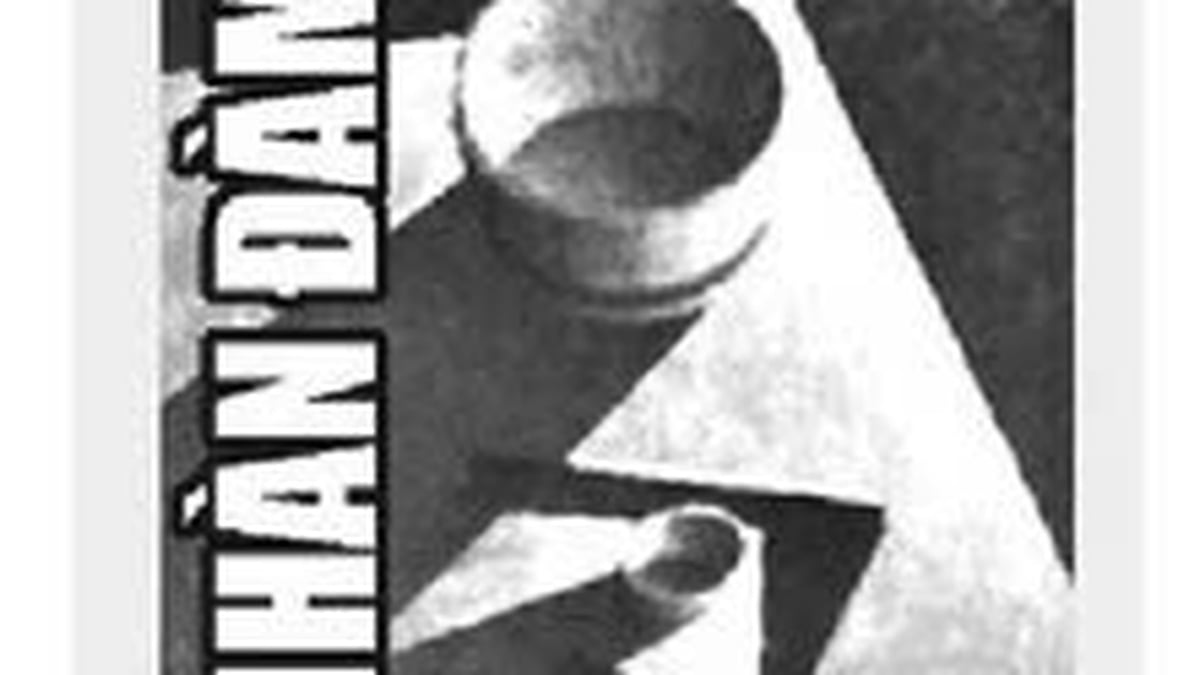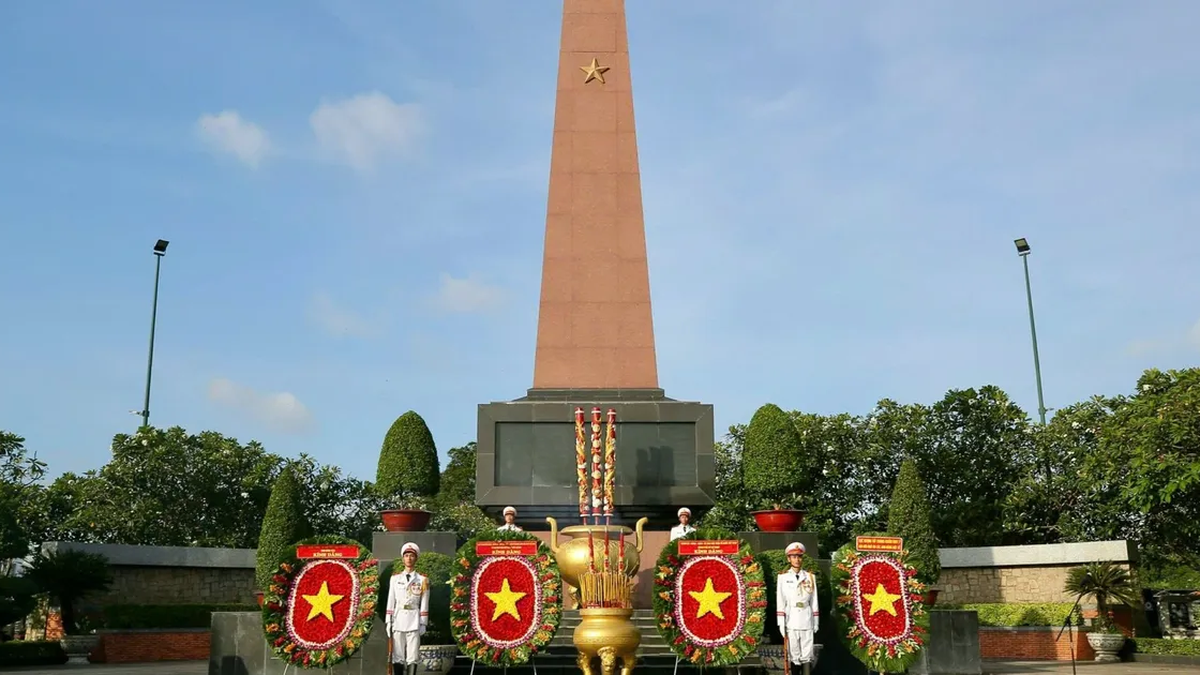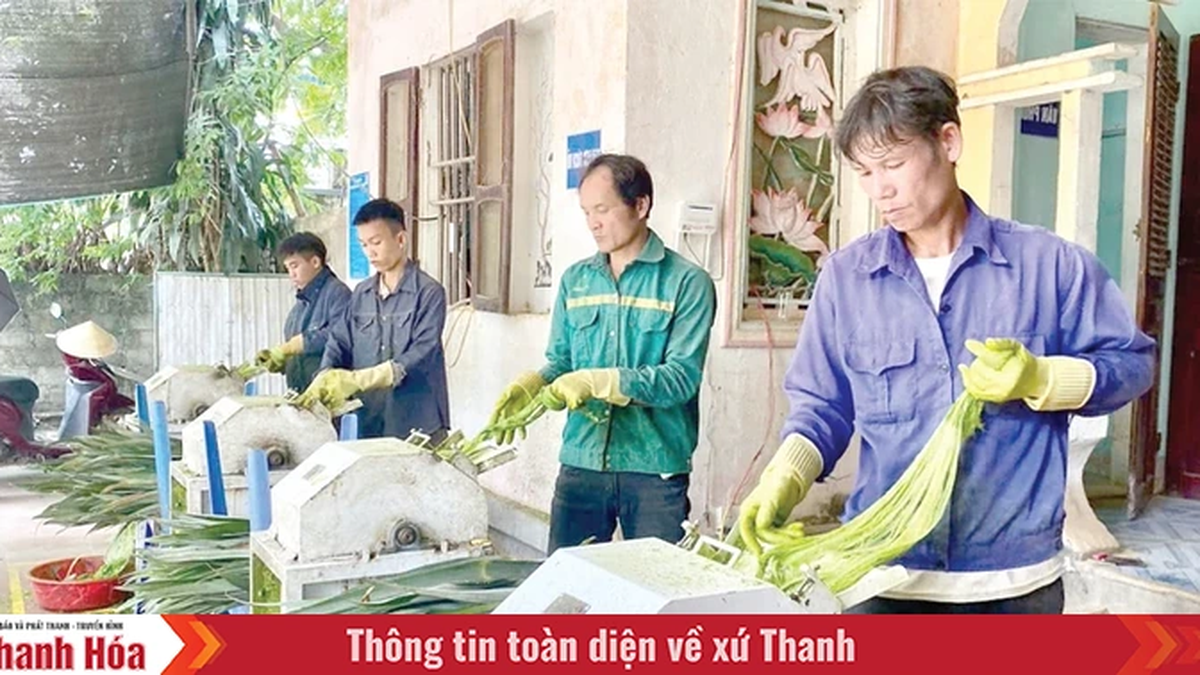In the 1960s, many precious cultural relics were excavated in many places. Most of these cultural relics were accidentally discovered by farmers while they were working. The Heilongjiang Museum also exhibits cultural relics found in similar situations. However, the process of discovering this treasure is very interesting.

Old farmer Phi accidentally discovered a small statue carved with the image of a dragon.
In 1965, an old farmer named Phi wanted to repair the pigsty but had no materials, so he ran to the foot of Thanh Nam wall to search. He accidentally discovered a black object under the rubble.
He did not know what the object was, but because it had a strange shape, he picked it up and brought it home. When he took the object out to clean it, he discovered that it was a small statue carved in the shape of a dragon. Although Mr. Phi did not know much about antiques, he guessed that this was a valuable antique. He carefully placed it in the middle of the living room. But what he did not expect was still not over.
After displaying the statue in his house for 9 years, one day Mr. Phi decided to take it out to the yard and place it on the windowsill. Unexpectedly, every night, the dragon statue emitted a deafening howl. Everyone in the house was extremely scared, everyone thought that the dragon statue had now turned into a divine beast.
Mr. Phi was so worried that he could not eat or sleep. He contacted the provincial Department of Cultural Heritage Conservation to hand over the statue. The Department's leadership immediately sent experts to appraise it.
Experts believe that the dragon statue is a precious treasure from the Jin Dynasty (266-420). This dynasty was founded by Sima Yan, after the Three Kingdoms period. At that time, the dragon symbolized the royal family, so this statue most likely belonged to a royal family member of the Jin Dynasty.

The dragon statue is a precious treasure from the Jin Dynasty.
As for why the statue howls every night, experts say that the statue was originally meant to make sounds. It turns out that the statue was actually used to decorate the royal carriage of the Jin Dynasty, and it was completely hollow and had holes inside. When the carriage was moving fast, wind would rush into the gaps and create a sound similar to howling.
The group of experts assessed this dragon statue as a level 1 cultural relic, which means a very important cultural relic.
They named this statue “Bronze Sitting Dragon Statue”. The statue was brought to the Heilongjiang Museum for display. The museum representative awarded him a certificate of merit and sent him some money as a reward to symbolize his merit.
Quoc Hai (Source: Sohu)
Useful
Emotion
Creative
Unique
Wrath
Source



































































































Comment (0)